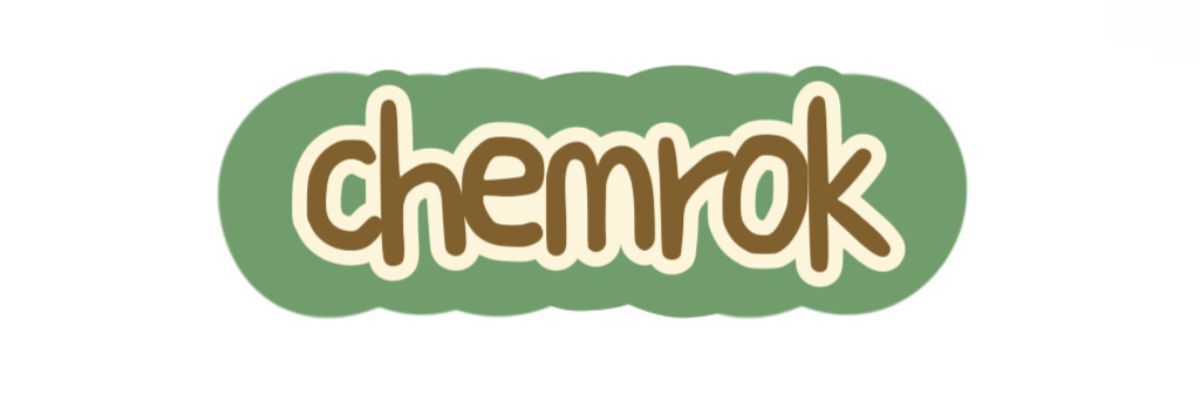Stapler Suture Removal: Essential Guide for 2024
With competitive price and timely delivery, lookmed sincerely hope to be your supplier and partner.
Introduction
As we step into 2024, advancements in surgical techniques and many patients' interests in faster recovery methods are leading to an increased reliance on stapler sutures in surgical procedures. Stapler sutures are crucial for various surgeries, including dermatological procedures, gastrointestinal surgeries, and more. Understanding proper stapler suture removal is essential for both healthcare providers and patients. In this essential guide, we will explore the importance of proper technique, tips for successful removal, and how to best support your patients through the process.
The Importance of Proper Stapler Suture Removal
Improper removal of stapler sutures can lead to a range of complications, including infection, delayed healing, and increased scarring. Ensuring that healthcare providers are equipped with the right knowledge and tools to safely remove these sutures is paramount. Educating patients about the removal process can also ease their concerns and promote a smoother recovery.
Understanding Stapler Suture Techniques
Stapler sutures come in various designs and materials, and understanding these differences is crucial for effective removal. Influence from professionals such as Dr. Sarah Kim, a renowned general surgeon, emphasizes the importance of being familiar with the specific type of stapler used during the procedure. This knowledge helps in determining the best removal methods.
1. Preparing for Stapler Suture Removal
Preparing the patient and the environment is critical before starting the removal process. Here are some of the vital steps:
Gather Required Tools
Before beginning, ensure you have the necessary tools for suture removal, including sterile suture removal scissors, forceps, and antiseptic solution. Influencers and experts, such as Dr. Emily Chen, often share their preferred tools on social media, helping others in the medical community become better equipped.
Ensure a Sterile Environment
The area where the removal takes place should be as sterile as possible to minimize infection risks. Utilizing clean, organized workstations is a good practice that industry leaders often emphasize on platforms like Instagram.
2. The Removal Process
When it comes to the actual removal of stapler sutures, following a systematic approach is vital.
Assess the Healing Progress
Before removing any sutures, it is important to assess the healing progress. Look for any signs of infection and ensure that the incision site appears to be healing well, as highlighted by many experts in the field.
Carefully Remove the Sutures
Using sterile scissors and forceps, gently grasp and lift the staples before cutting them. Be careful not to disturb any surrounding tissue. Influencers and educators in the surgical community, like the Surgical Nurse Network, frequently post helpful video tutorials that can be valuable for new practitioners.
3. Post-Removal Care
Post-removal care is just as essential as the actual removal process. Here’s what to keep in mind:
Educate the Patient
Patients must receive proper education regarding post-suture removal care, including keeping the area clean and dry. Sharing information through platforms, as seen with many medical influencers, can significantly help patient understanding.
Monitor for Complications
Encourage patients to monitor the area for any signs of redness, swelling, or discharge. Engaging with followers on platforms like Twitter can create a community of support where experience and knowledge can be shared.
4. Conclusion
Stapler suture removal is an essential skill for healthcare professionals that contributes significantly to patient recovery and satisfaction. By properly preparing for the process, executing careful removal techniques, and ensuring post-removal care, healthcare providers can significantly impact their patients' healing journeys.
For healthcare professionals looking to deepen their knowledge and connect with industry leaders, platforms like LinkedIn, Instagram, and Twitter can offer valuable resources and networking opportunities. Engaging with the community through these channels not only enhances your skills but also fosters better patient outcomes.
Click here to get more.

